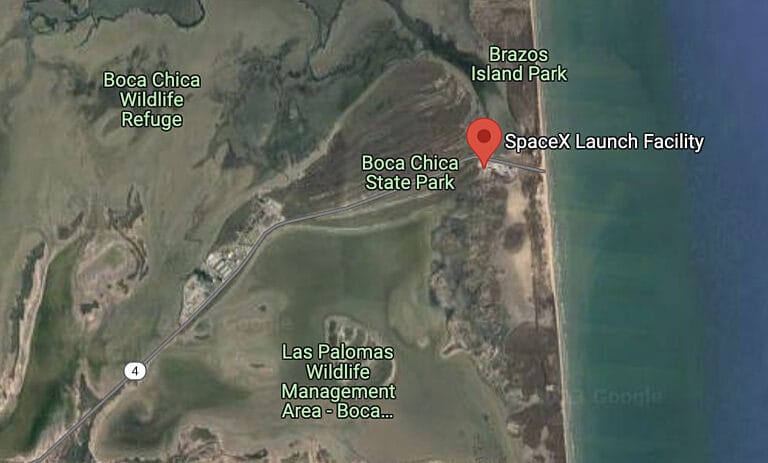The Yellowstone supervolcano, located primarily in the U.S. state of Wyoming, is a geological marvel and a significant area of study for volcanologists and geologists alike. Known for its geothermal features, including geysers and hot springs, Yellowstone sits atop a massive magma chamber that has the potential for catastrophic eruptions. Recent research has aimed to better understand the dynamics of this supervolcano, particularly in terms of estimating when it might erupt again.
The study, conducted by a team of scientists from various institutions, utilized advanced modeling techniques to analyze the geological and seismic data collected from the Yellowstone area over the years. The researchers focused on understanding the patterns of volcanic activity, which can often be difficult to predict due to the complex nature of the Earth’s crust and the behavior of magma beneath the surface.
According to the findings, while the Yellowstone supervolcano is classified as active, the likelihood of a large-scale eruption occurring in the near future remains low. The study estimates that the probability of a significant eruption within the next few thousand years is relatively small. However, the researchers emphasize that this does not mean that the supervolcano is dormant or that it should be disregarded. The geological activity in the region continues to be monitored closely, as even smaller eruptions or hydrothermal explosions can occur without warning.
One of the key aspects of the study involved analyzing past eruption patterns at Yellowstone. Historically, the supervolcano has experienced three major eruptions, with the last one occurring approximately 640,000 years ago. The researchers noted that these eruptions have occurred at irregular intervals, making it challenging to predict future activity based solely on historical data. Instead, they combined geological evidence with modern monitoring techniques to create a more comprehensive model of the supervolcano’s behavior.
The study also highlighted the importance of understanding the magma chamber beneath Yellowstone. This chamber is not a static entity; it is dynamic and can change over time. The researchers found that the magma chamber is currently being replenished, which is a critical factor in determining the potential for future eruptions. The ongoing influx of magma indicates that while a major eruption may not be imminent, the supervolcano remains an active geological system that could pose risks in the future.
In addition to the geological implications, the study has broader significance for the surrounding areas and the millions of visitors who flock to Yellowstone National Park each year. The park is not only a natural wonder but also a site of significant scientific research. Understanding the potential hazards associated with the supervolcano is essential for park management and emergency preparedness. The National Park Service, in collaboration with the United States Geological Survey (USGS), continues to monitor seismic activity, ground deformation, and hydrothermal features to ensure the safety of both visitors and wildlife in the area.
As part of their research, the scientists involved in the study have called for increased funding and resources to enhance monitoring efforts in Yellowstone. They argue that with the advancement of technology and scientific methods, it is possible to gain a clearer understanding of the supervolcano’s behavior and to improve predictive capabilities. This information could be invaluable in the event of an unexpected eruption, allowing for timely evacuations and risk mitigation strategies.
In conclusion, while the recent study provides valuable insights into the future of the Yellowstone supervolcano, it also serves as a reminder of the complexities of volcanic systems and the need for ongoing research. The supervolcano remains an active area of study, and scientists are committed to unraveling the mysteries of its behavior. As Yellowstone continues to attract visitors from around the world, the importance of understanding its geological dynamics cannot be overstated. The findings of this research not only contribute to the scientific community but also enhance public awareness and preparedness regarding the potential risks associated with one of nature’s most powerful forces.



